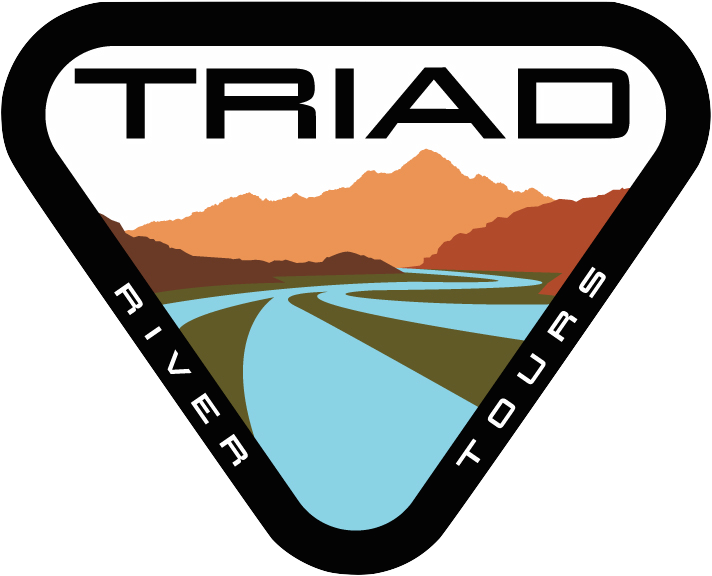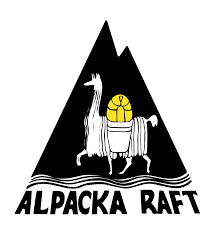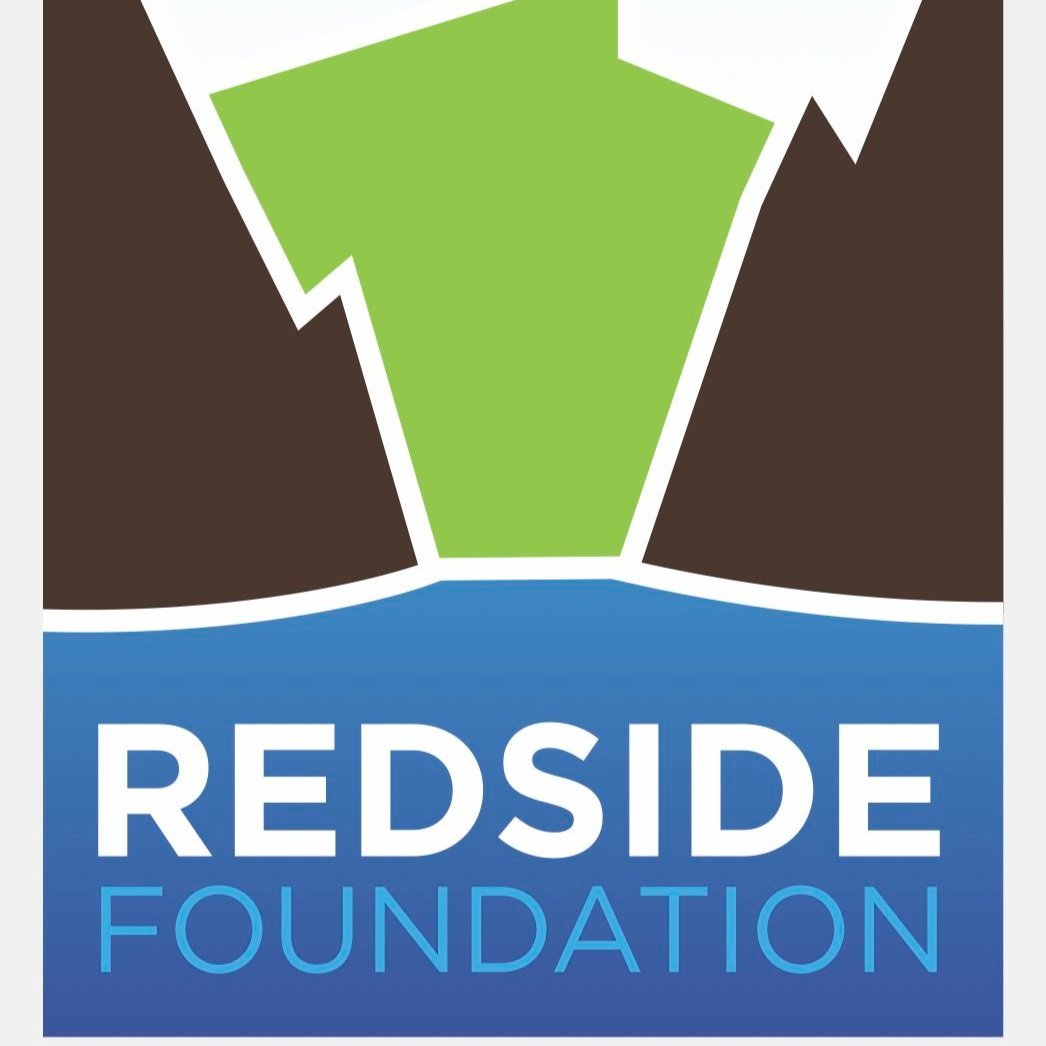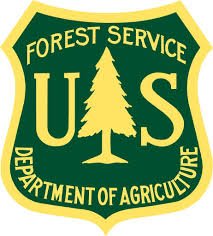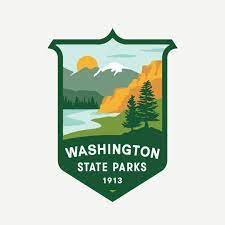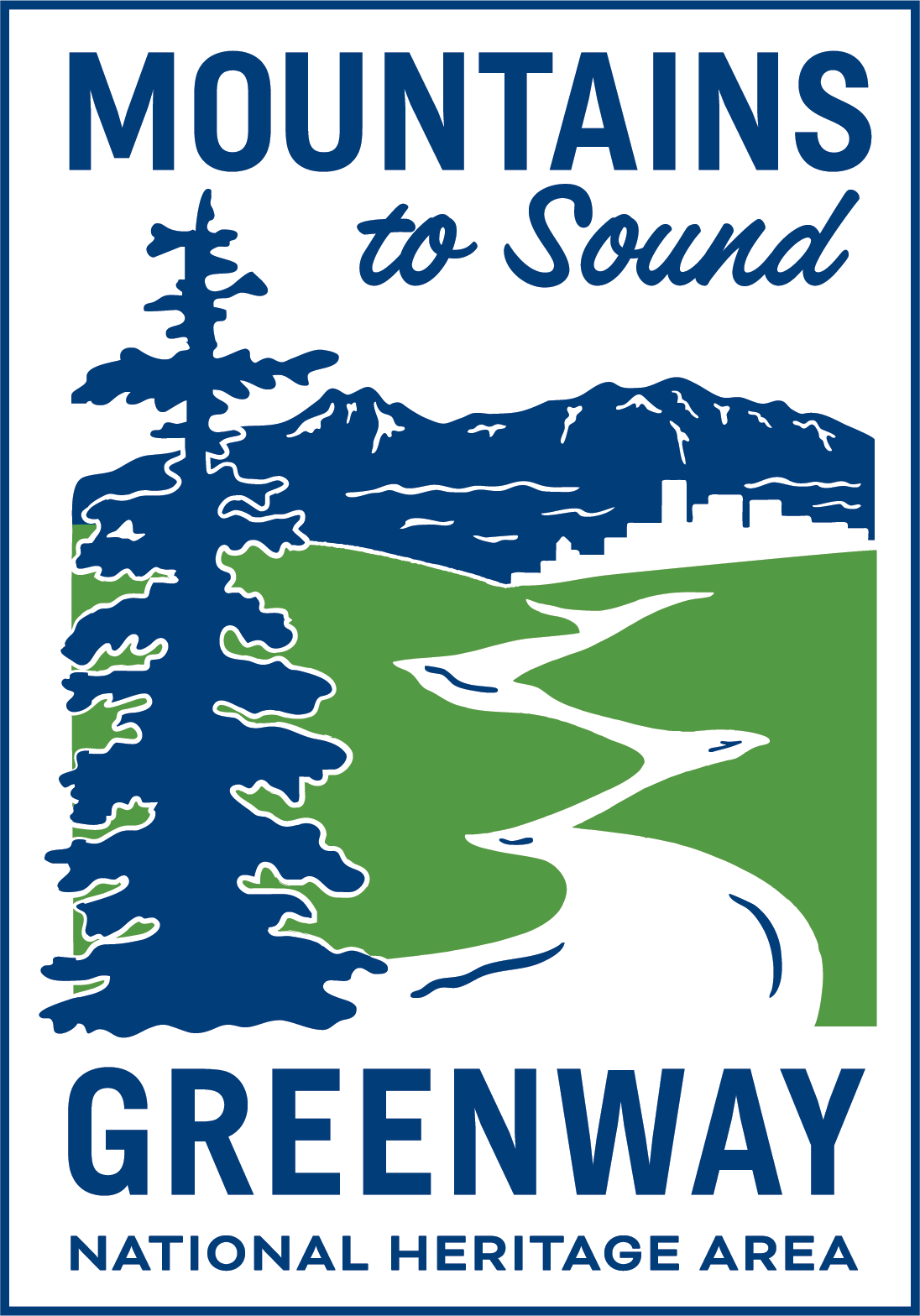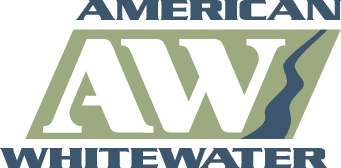As a geologist, I have spent a lot more time than most people thinking about rocks. It doesn’t end there, of course—I’ve also spent more time than most people looking at, poking, drawing, and even licking rocks (it’s a test for halite and silt. Don’t ask). Naturally, as soon as I’m out on one of the boulder-dappled whitewater rivers of Washington’s Cascades I find myself riffling through the pebbly put-in beach for new samples and checking for fracture patterns in the cliffs above the rapids. Throughout the years—and the whitewater rivers—I’ve picked up a few favorites. If you, too, find yourself drawn to the fancy new rocks at the riverside, then here is the list for you—a few of my favorite rocks spotted in or near Washington’s whitewater rivers.
1. Granite
It’s intrusive, it’s igneous, and it’s sparkly. Keep an eye out for this quartz-heavy mountain builder towards the Cascades core on rivers like the Skagit.
2. Schist
Also sparkly, but in wavy patterns. Those patterns are actually created by linearly aligned mica crystals that have been folded through heat and pressure deep underground. This rock doesn’t tend to build mid-whitewater boulders like granite, but some can be found up north by Mount Shuksan and the Nooksack River.
3. Gneiss
A tough, highly resistant metamorphic rock, gneiss is a great bedrock for the kind of narrow river channels that form great whitewater rafting runs. Gneiss is easily identified by its highly twisted bands of different rock types. Smooth rather than shiny, it might beat out schist for most interesting rock patterns. Sometimes a clear band pattern in gneiss can even show you what direction the metamorphic pressure that formed it came from.
4. Conglomerate
Last but not least is conglomerate—the only sedimentary rock on the list. Many conglomerates near Washington’s whitewater rivers look more like a solidified pile of landslide debris than a rock. A lot of these are solidified debris piles, but most of them have a far more interesting source than landslides. As the enormous ice sheets of the last ice age retreated they dropped the accumulated dust, gravel and boulders of decades wherever the melt freed it, forming large piles of rocky debris that slowly solidified into conglomerate. Most conglomerate is relatively soft and can be found at the edges of river pools and broad eddies rather than in the middle of the whitewater.
If you’d like to hear about more rocks, debate which river rocks are truly the best, or ignore every boulder in sight while running whitewater wave-trains, book with Triad River Tours today!
Read more:
